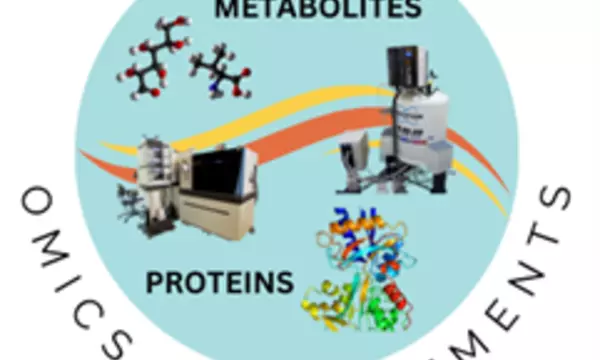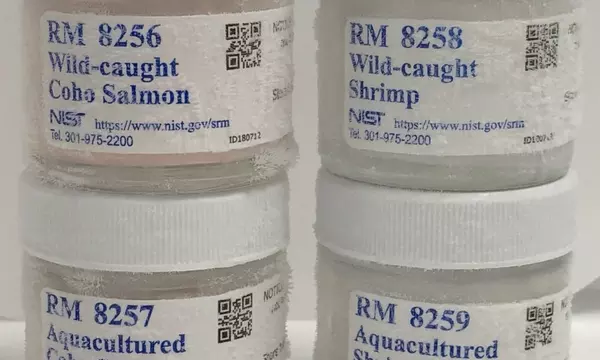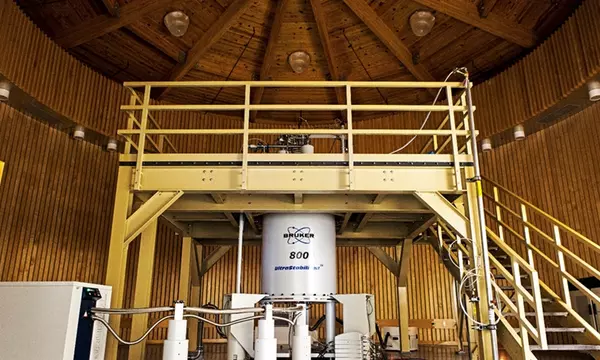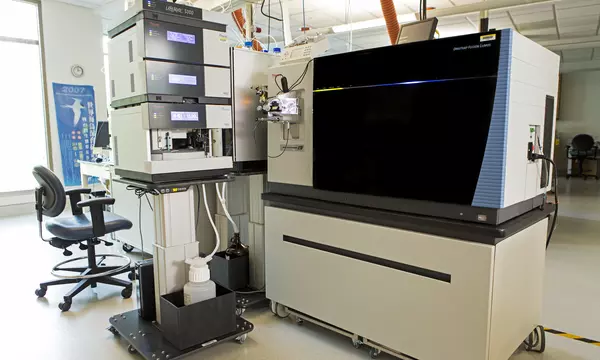About
The Biochemical and Exposure Science Group (BESG) provides the measurement science, standards, technology, and data that advance environmental and human health research, the circular economy, the bioeconomy, and commerce. With expertise in Nuclear Magnetic Resonance (NMR), chromatography coupled to mass spectrometry, and optical spectroscopy, the group measures trace organic compounds in analytical samples, profiles biomolecules such as proteins, lipids, hormones, and metabolites, and assesses chemical contaminants, clinical biomarkers, and industrial products. BESG develops and certifies Standard Reference Materials, disseminates reference data to improve quality assurance and harmonization of measurements, and transfers technology to government agencies, industry, academia, and scientific organizations. By working closely with international standards organizations and National Metrology Institutes, BESG establishes comparability of measurement capabilities to support innovation and commerce.
SELECT FOCUS AREAS
Core Capabilities
News and Updates
Latest Publications
Awards
Press Coverage
Contacts
Group Office Manager
-
(202) 815-7970













